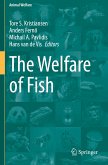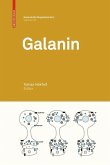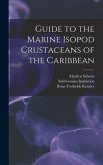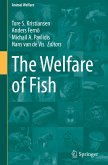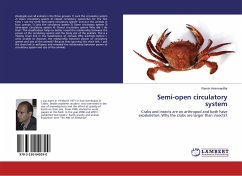Please note that the content of this book primarily consists of articles available from Wikipedia or other free sources online. Scientific researchers have brought up evidence showing that crustaceans too feel pain like human beings. From humans to fruit flies, numerous species come equipped with nociception which is a type of reflex that helps avoid immediate tissue damage . Scientists have, therefore, set out to see if crustacean decapods and invertebrates feel. The answer is yes and the species' reactions to unpleasant stimuli were found to be more than the simple reflex of nociception the experience completely changes their long-term behavior. The very first experiment of the researchers has proved that prawns whose antennae were doused with caustic soda vigorously groomed their antennae, as if trying to ameliorate pain . It is vital to note that this behavior had not occured when the scientists treated the antennae with an anesthetic first. The following experiment have demonstrated that the hermit crabs are likely to leave their shells when given a mild shock ...
Bitte wählen Sie Ihr Anliegen aus.
Rechnungen
Retourenschein anfordern
Bestellstatus
Storno


